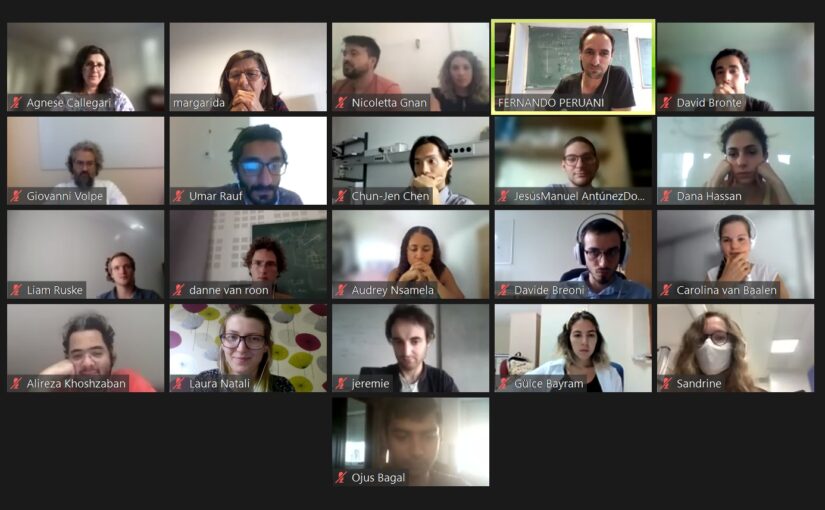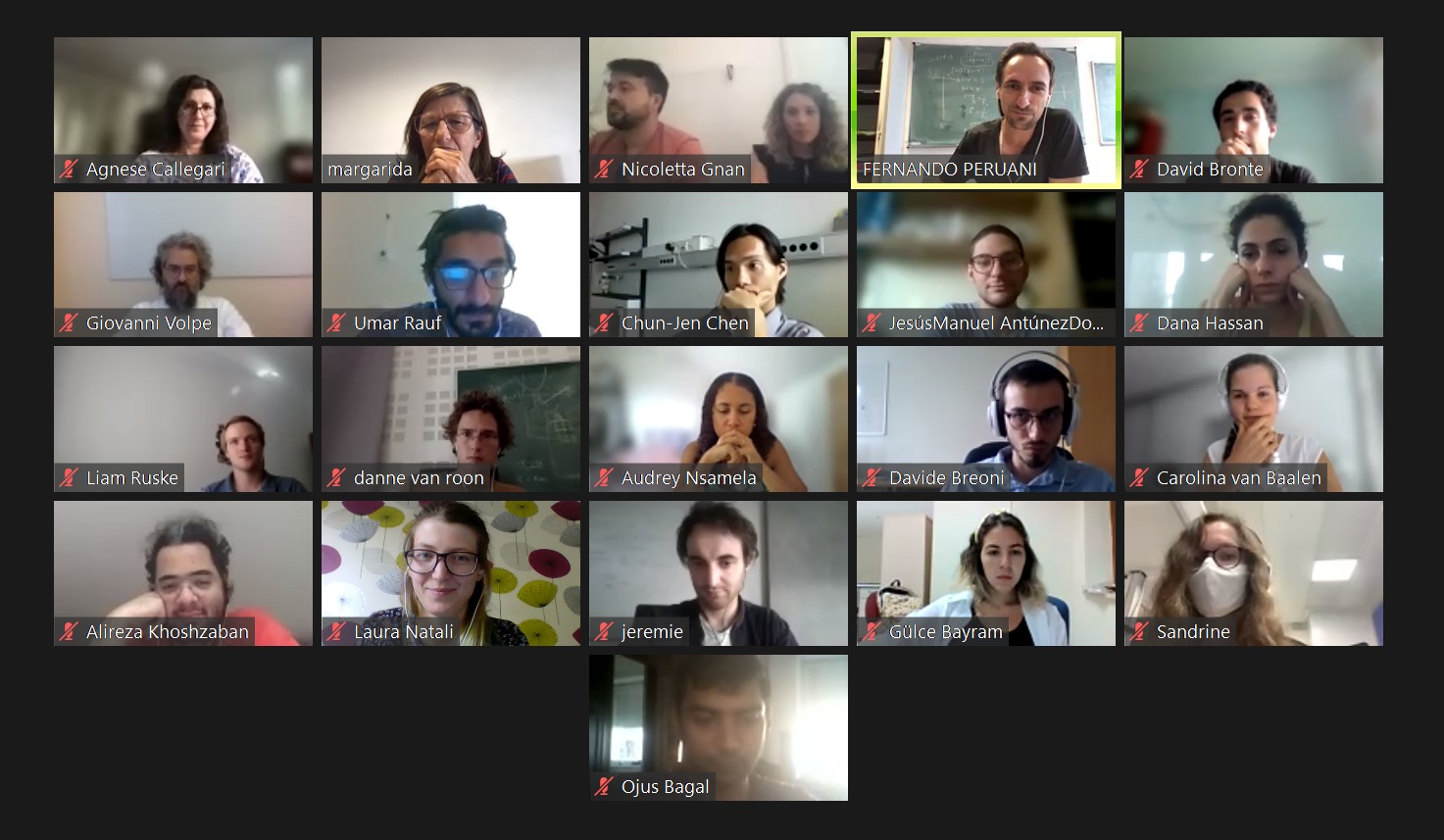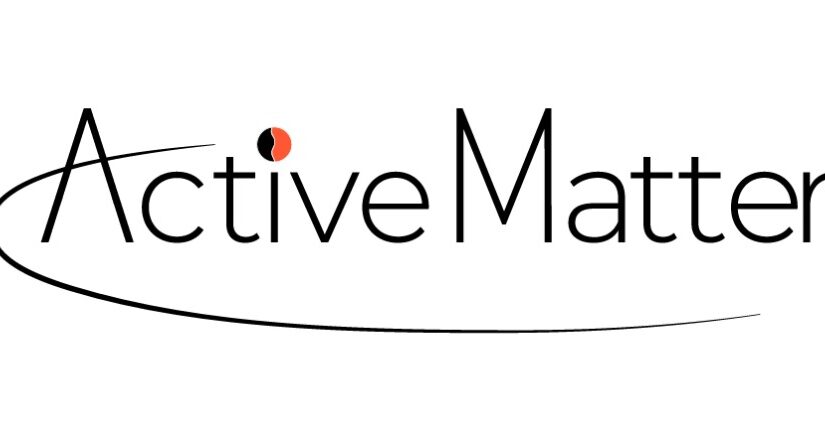
In our third round table we had the pleasure of Gareth Alexander, Ignacio Pagonabarraga and Julia Yeomans as our guest panellists. This time the overall theme was “Fluids and Active Matter” and hosted by Chun-Jen Chen, Davide Breoni, Danne van Roon, Audrey Nsamela, Dana Hassan and Sandrine Heijnen.
It started out with an interesting discussion regarding the motivation to get in and what amazes them the most in the field of active matter. Here it became clear that active systems can have their passive counterparts, and works for easy transitions from active to passive systems, but at the same time, such active systems still have the potential to answer many fundamental questions. From this topic, one of the key takeaways was that the project that you are currently working on should be the subject that amazes you the most.
The next topic that stood as the centre of the discussion was turbulence. Turbulence is an interesting phenomenon where a lot of things are still unknown. The intriguing concept here was that real, or fluid-dynamical, turbulence is different from active turbulence. As a clarification, Julia Yeomans introduced the following comparison. Real turbulence is observed in a waterfall where the energy follows the Kolmogorov cascade. In active turbulence, the energy originates from the individual particles moving and does not follow the same energy trend as real turbulence.
As one of the final topics, we were wondering what are the main takeaways regarding active nematics, especially if it’s not your field. We got it set for you in four points. One, it is fundamentally unstable and therefore creates flows. Point number two, motile topological effects. Number three, the potential connection it has to biological systems and the ability to explain similar processes. Finally, number four, the fact that we are looking at non-equilibrium systems.







